Kanishk
Parameterization of Forced Isotropic Turbulent Flow using Autoencoders and Generative Adversarial Networks
Jul 08, 2021
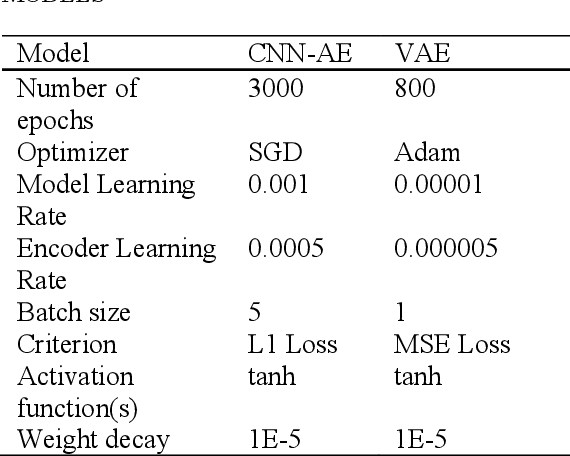
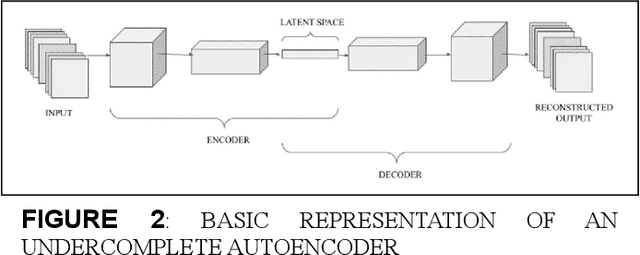
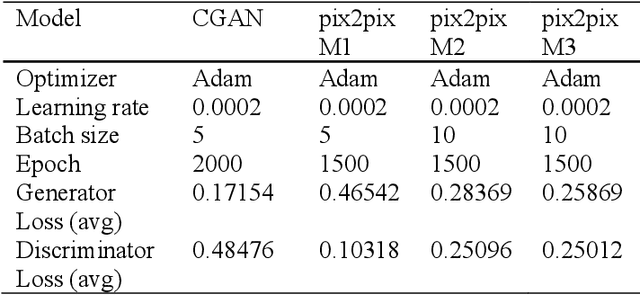
Abstract:Autoencoders and generative neural network models have recently gained popularity in fluid mechanics due to their spontaneity and low processing time instead of high fidelity CFD simulations. Auto encoders are used as model order reduction tools in applications of fluid mechanics by compressing input high-dimensional data using an encoder to map the input space into a lower-dimensional latent space. Whereas, generative models such as Variational Auto-encoders (VAEs) and Generative Adversarial Networks (GANs) are proving to be effective in generating solutions to chaotic models with high 'randomness' such as turbulent flows. In this study, forced isotropic turbulence flow is generated by parameterizing into some basic statistical characteristics. The models trained on pre-simulated data from dependencies on these characteristics and the flow generation is then affected by varying these parameters. The latent vectors pushed along the generator models like the decoders and generators contain independent entries which can be used to create different outputs with similar properties. The use of neural network-based architecture removes the need for dependency on the classical mesh-based Navier-Stoke equation estimation which is prominent in many CFD softwares.
Design Optimization of Monoblade Autorotating Pods To Exhibit an Unconventional Descent Technique Using Glauert's Modelling
Jul 01, 2021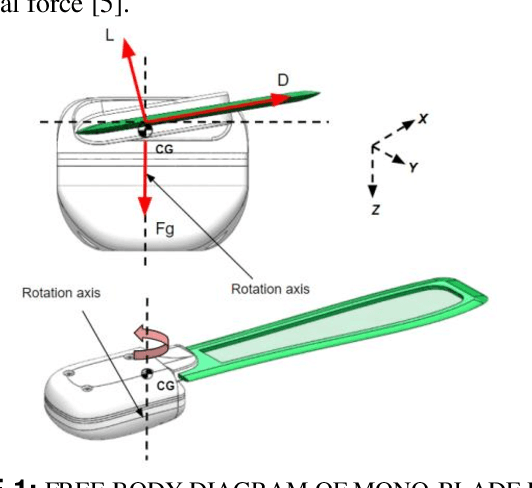

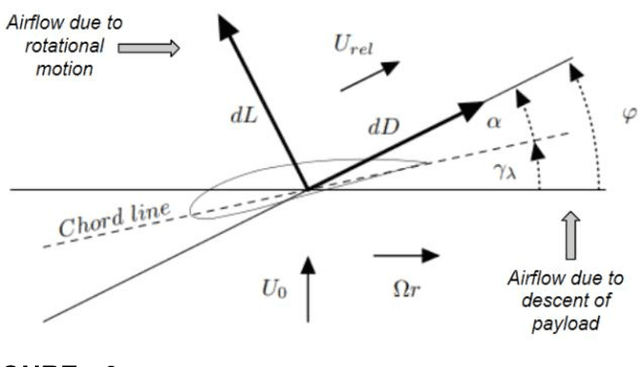

Abstract:Many unconventional descent mechanisms are evolved in nature to maximize the dispersion of seeds to increase the population of floral species. The induced autorotation produces lift through asymmetrical weight distribution, increasing the fall duration and giving the seed extra time to get drifted away by the wind. The proposed bio-inspired concept was used to produce novel modern pods for various aerospace applications that require free-falling or controlled velocity descent in planetary or interplanetary missions without relying on traditional techniques such as propulsion-based descent and the use of parachutes. We provide an explanation for the design procedure and the functioning of a mono blade auto-rotating wing. An element-based computational method based on Glauert's blade element momentum theory (BEMT) model was employed to estimate the geometry by maximizing the coefficient of power through MATLAB's optimization toolbox using the Sequential quadratic programming (SQP) solver. The dynamic model was developed for the single-wing design through the MATLAB Simulink 6-DOF toolbox to carry out a free-flight simulation of the wing to verify its global stability.
 Add to Chrome
Add to Chrome Add to Firefox
Add to Firefox Add to Edge
Add to Edge